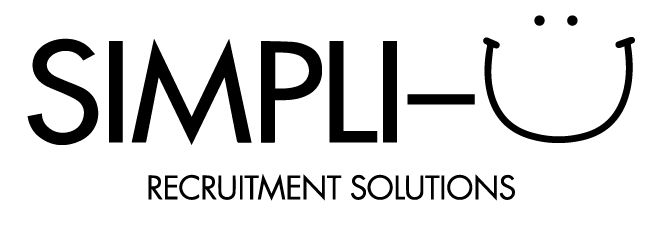Effective Communication
Drive by Friday
–
Drive by Friday –
The best way to communicate with employees depends on various factors including the company culture, the nature of the message, and the preferences of employees. Let’s put the brake on for a moment and look at some helpful guidelines.
Be Clear & Transparent – always strive to be clear and transparent in your communication. Don’t sugar coat anything as this can lead to confusion and misunderstanding.
Using Multiple Channels to Communicate – different employees prefer different communication styles. You can set a precedent on how you communicate, or you can utilise a mixture of methods such as face-to-face meetings, emails, messaging platforms and internal tools to reach everyone effectively. And maybe before you dive in – think about the importance of the message you are wanting to deliver and the best method to do this e.g. is it low priority and email will be ok or is it of high importance and should you schedule a face-to-face meeting (individual or group).
Actively Listen – communication is a two-way street. Encourage feedback and actively listen to what your employees have to say. This fosters trust and helps address any concerns or issues they may have. Encourage dialogue – it’s a positive step to building good comradery amongst the team.
Be Timely – ensure that communication is timely, especially when it involves important updates, changes within the business or specific updates. Delayed and ineffective communication can lead to frustration and decreased productivity.
Tailor your approach – understand the preferences and needs of your employees. Some may prefer direct, concise communication whilst others appreciate a more personal touch.
Provide Context – when delivering important information or directives, provide context to help employees understand the reasoning behind decisions. By doing this you will get the employers by-in and ongoing support.
Be Respectful – respect the timing of the communication and boundaries of your employees. Overloading and scheduling unnecessary meetings could be handled through other means. Think about the importance of the communication in this instance and how/when you schedule such communications.
Lead by Example – as a leader, your communication style sets the tone for the entire team/organisation. Lead by example by communicating clearly and respectfully.
Continuous Improvement in Communication – regularly evaluate your communication strategies and solicit feedback from employees on how communication can be improved.
Here’s some things to think about – priortise in-person communication (whether individually or as a group) for handling difficult conversations. These will be things that will affect employees personally or as a team/organisation. It offers the greatest opportunity for empathy, understanding and resolution. Where an in-person meeting is not feasible due to factors such as remote working arrangements, a video conference or phone call may be the next best option. This allows vocal tone and immediate interaction.
Emails are still acceptable but in general should be avoided for handling difficult topics/conversations. It lacks personalisation and immediacy of in-person and real-time communication. Written communication can be misinterpreted. Remember that message you text and the person on the other end had no idea what you were trying to convey???
GREAT COMMUNICATION – LOOK AT THE BENEFITS…
foster collaboration; increase productivity; build trust; improve morale;
enhance decision-making; promote innovation; support change management
Please feel free to contact me
lorraine@simpli-u.com.au


